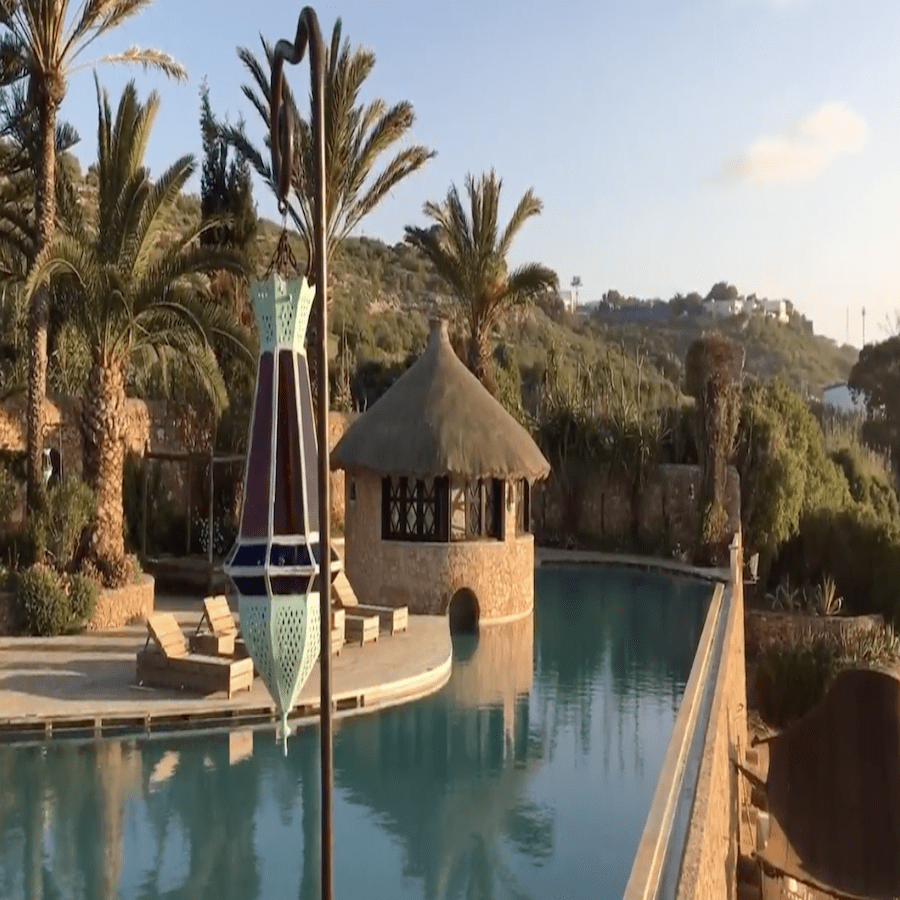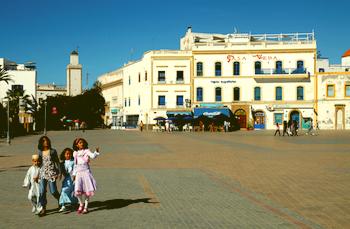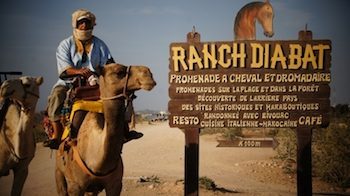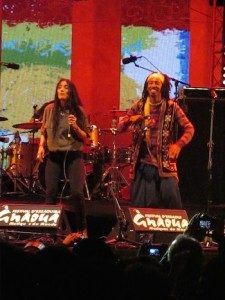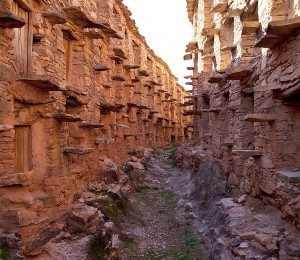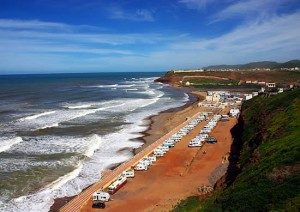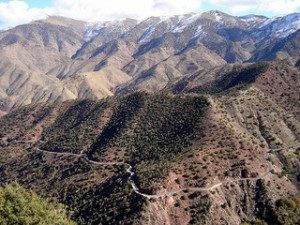Tag: Moroccan Beaches
The 18th Annual Gnaoua Music Festival took place in Essaouira, on Morocco’s Atlantic Coast from May 14th -17th. Every year, the festival showcases the best of Moroccan Gnaoua musicians and a wide array of Gnaoua and world music. Gnaoua is a musical genre based in Sufi Islamic culture with its roots in sub-Saharan Africa. Moroccan and international artists are also invited to perform, often, in unique fusion concerts alongside Gnaoua groups. One of the most anticipated World Music acts at this year’s festival was Hindi Zahra, a Moroccan-born vocalist who played Essaouira for the first time.
Morocco is such a melting pot of cultures and identities. The Berbers (or Amazigh; plural: Imazighen, meaning “free men”) were Morocco’s indigenous peoples, settled in the north-western corner of Africa across modern-day Morocco, Mauritania, Algeria and beyond, long before the arrival of Arabs from the East in the 7th century.
Sidi Ifni is some two hour’s drive from Agadir and is unique because of its much admired Spanish Art Deco buildings built when it was a Spanish enclave from 1934-1969. A vacation in Morocco’s Sidi Ifni on the shores of the Atlantic of Agadir is a great way to pass the summer months. The cliff top views of the sea at Sidi Ifni and the beach are impressive. There are two buildings built like ships with portholes near the steps down to the beach and there is a striking lighthouse overlooking the sea. A former church now the law courts and a former Spanish consulate with its windows bricked up lie around the Place Hassan II, formerly Plaza de Espana along with the governor’s house which is now a royal palace.
The Tizi N’Test pass from Marrakech, Morocco to Taroudant leads you over the Middle Atlas, heartland of the Berber people, through hair raising hair pin bends at 2,092 meters overlooking valleys and gorges, small fields and mountain villages. It was here from Tin Mal, the site of the famous Berber mosque that the Almohads rose up and took Marrakech from the Almoravids in 1152.


